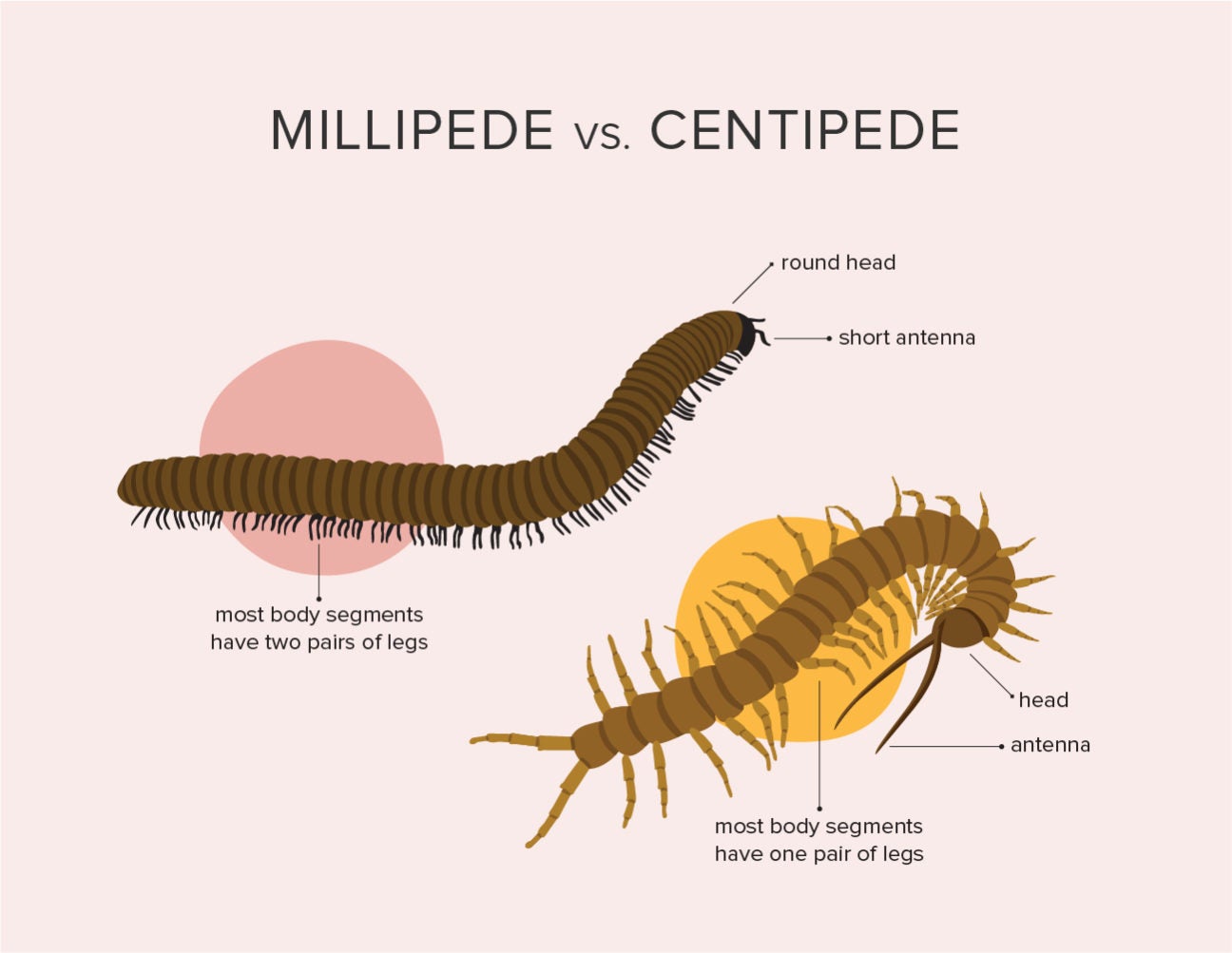
Centipede And Millipede Image
But we are also encouraged by the stories of our readers finding help through our site. During these challenging times, we guarantee we will work tirelessly to support you. We will continue to give you accurate and timely information throughout the crisis, and we will deliver on our mission — to help everyone in the world learn how to do anything — no matter what. Thank you to our community and to all of our readers who are working to aid others in this time of crisis, and to all of those who are making personal sacrifices for the good of their communities. We will get through this together.Sincerely,Elizabeth DouglasCEO, wikiHow. This article was co-authored by our trained team of editors and researchers who validated it for accuracy and comprehensiveness.
Together, they cited information from. WikiHow's carefully monitors the work from our editorial staff to ensure that each article meets our high standards.wikiHow marks an article as reader-approved once it receives enough positive feedback.
Dec 04, 2009 How to Get Rid of Centipedes. There are more than 2,000 species of centipede in the world, most of which live almost exclusively outdoors. Sometimes, they venture inside, especially during the colder months. Although they are harmless to. The word 'centipede' comes from the Latin prefix centi-, meaning 'hundred,' and pedis, meaning 'foot.' Despite the name, centipedes can have a varying number of legs, ranging from 30 to 354. Centipedes always have an odd number of pairs of legs, which means no species has only 100 legs as the name suggests.
This article has over 1,067,216 views, and 93% of readers who voted found it helpful. It also received 22 testimonials from readers, earning it our reader-approved status.
CicadaPhoto by John and Teresa WaltherInsectsInsects are invertebrates because they don't have a vertebral column (backbone). Instead, they have a hard exterior covering, called an exoskeleton.

They have six legs and two antennae, and their body is made up of three main regions: head, thorax and abdomen. Many insects can fly and most have compound eyes. They typically have four separate life stages: egg, larvae or nymph, pupa and adult.Insects represent about 90 percent of all life forms on earth and are incredibly adaptable organisms. More than one million insect species have been identified throughout the world, and some entomologists (scientists who study insects) estimate there may be as many as 10 million species. These species are divided into 32 groups called orders, and beetles make up the largest group. We don't know exactly how many insects are found within Catoctin Mountain Park.
Centipedes are long, thin arthropods with one pair of legs per body segment. Despite 'centi' in their name, which implies 100 legs, centipedes have anywhere from fewer than 20 legs to over 300 legs, but they always have an odd number of pairs of legs. Lacking the waxy cuticle of insects and arachnids, centipedes lose body moisture rapidly and therefore reside in moist microhabitats such as soil and leaf litter, underneath stones and dead wood, and inside rotting logs.
Although centipedes are present in Catoctin Mountain Park, they are not commonly seen because they are mostly nocturnal. Many species lack eyes and are only capable of discerning light and dark.
Millipedes arecommonly seen in the park and do not bite or sting. Millipedes have two pairsof legs on most body segments.
Despite 'milli' in their name, millipedesdo not have 1,000 legs, but common species have anywhere from 36 to 400 legs. Havingmany short legs, millipedes move much more slowly than centipedes, but they arepowerful burrowers. Because of theirlack of speed and inability to bite or sting, a millipede's primary defensemechanism is to curl into a tight coil, thereby protecting their delicate legsinside their exterior body armor. Ancient cities game free download.